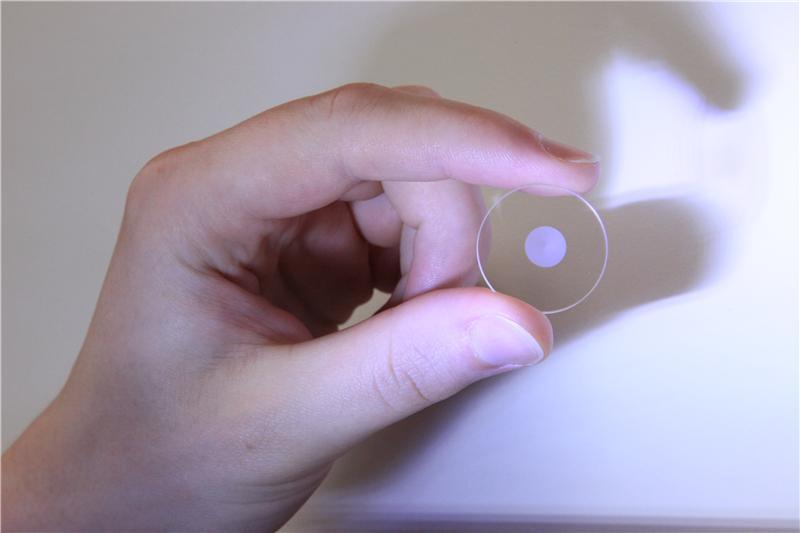
In the race to develop the best media for storing information, optical discs have long seemed unattractive. CD and DVD players, have disappeared from most home computers and they have never found their space in the data center. In contrast, modern flash drives, hard drives, and even tape storage remain the most popular formats.
Now however, a group of researchers from the University of Southampton (United Kingdom) has just shown that investing in laser technology not only still makes sense to store information, but that it may be the best way to preserve it. This is what they promise with what they have baptized as 5 D, a new optical storage system that offers a density 10,000 times higher which we find on a Blu-ray disc.
The new technique, developed by these British scientists, also impacts squarely on one of the great problems that traditional optical storage had: the speed of data writing. In this case, they promise that this speed has increased dramatically, without affecting the reliability of the information.
To make this possible, this type of nanoscale storage writes the data in three layers of points, on a glass disk. The size, orientation and position (in 3D) of the points give rise to the five dimensions that are interpreted when encoding and reading the data. But the most interesting thing is not only the enormous amount of information that can be stored in such a small size, but also its durability.
Researchers claim in this regard, that a 5D disc could still be readable after 13.8 billion years, without loss of information. This type of support is not only much more resistant to those scratches that have harmed previous generations, but also resists high temperatures like few others, being able to remain unaltered up to 1,000 degrees.
As explained from Extremetech, this is not the first time we have heard of these 5D optical discs. Similar projects had previously been made public, however, they had the great disadvantage of being very impractical. The data was recorded in that case, with a single laser, but if the laser moved too much or was not stable enough, the structural integrity of the disk was compromised.
What has changed now? In the new technique developed by the Southampton scientists, a femtosecond laser with a high repetition rate is used. The process begins with a power pulse that creates an empty nano space, without actually writing any data. Then, weaker and repeated impulses take advantage of a phenomenon known as near field improvement to sculpt the nanostructures more smoothly and precisely.
After testing different powers of the laser pulse, the researchers found a level that sped up data writing without damaging the glass disc. What is the downside of all this? Although as we have pointed out, the writing speed on this type of disc has increased, it is still much lower than that found in other formats.
The published study points to a maximum data rate of one million voxels per second, but each bit requires several voxels in 5D optical systems. That assumes a data rate of about 230 kilobytes per second. From there, it is possible to fill one of the disks, the capacity of which is estimated at 500 TB. It would take about two months to write this amount of data, after which the disk cannot be erased.
In the early phases of this project, the research team has already successfully completed the task of writing and subsequently recovering 5 GB of text data using one of these new 5D disks. Retrieving information that we insist, can be stored in this medium for thousands of years, it is not a simple process either, since a microscope and a polarizer are needed. Who knows if future disc reading units will end up facilitating the process and who knows if in the future these new discs will find their space beyond the experimental realm.



